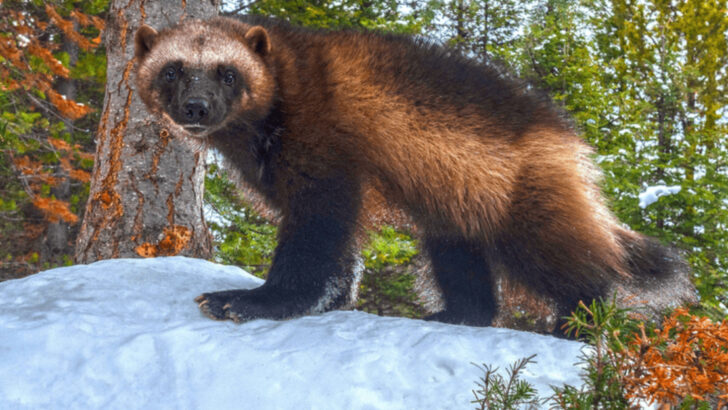They’re fierce, elusive, and still haunting America’s most remote wilderness. The wolverine—often mistaken for a myth—isn’t just surviving in the U.S. It’s thriving in a few hidden corners where snow piles deep, mountains rise wild, and human footprints grow faint. You won’t find them strolling through your backyard, but step into the towering peaks of Montana or the icy forests of Alaska, and you might just enter their world. These creatures demand space, silence, and solitude—and the states that still shelter them are growing fewer by the year. Ready to find out where this ghost of the mountains still prowls? These 10 states aren’t just home to wolverines—they’re the last strongholds of a predator unlike any other.
Alaska
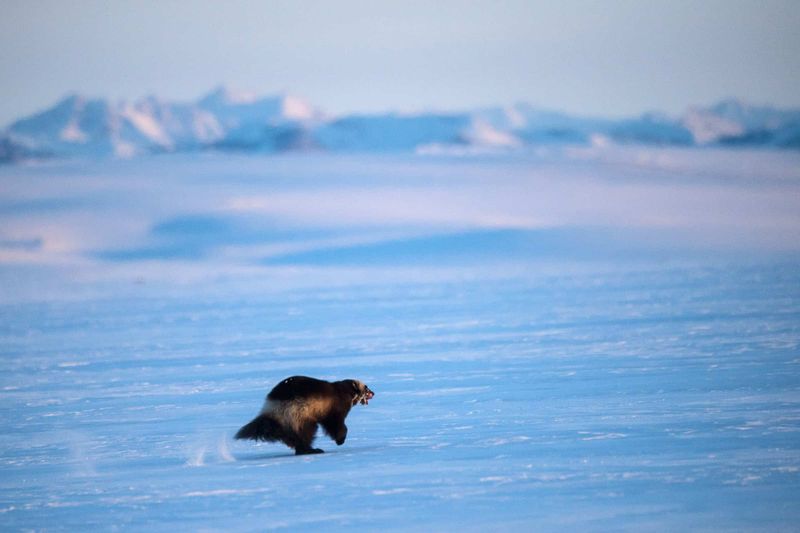
Alaska stands as the true heartland for wolverines, thriving amidst its expansive forests and tundra. These creatures, with their solitary nature, find solace from the Brooks Range to the state’s interior. Their survival in this frigid environment is nothing short of remarkable. The dense forests and open tundra provide an ideal setting for denning and hunting. Wolverines here are adept at navigating the snow-covered terrains. Did you know? Despite their fierce reputation, wolverines play a crucial role in maintaining the ecological balance in these wild regions.
Washington
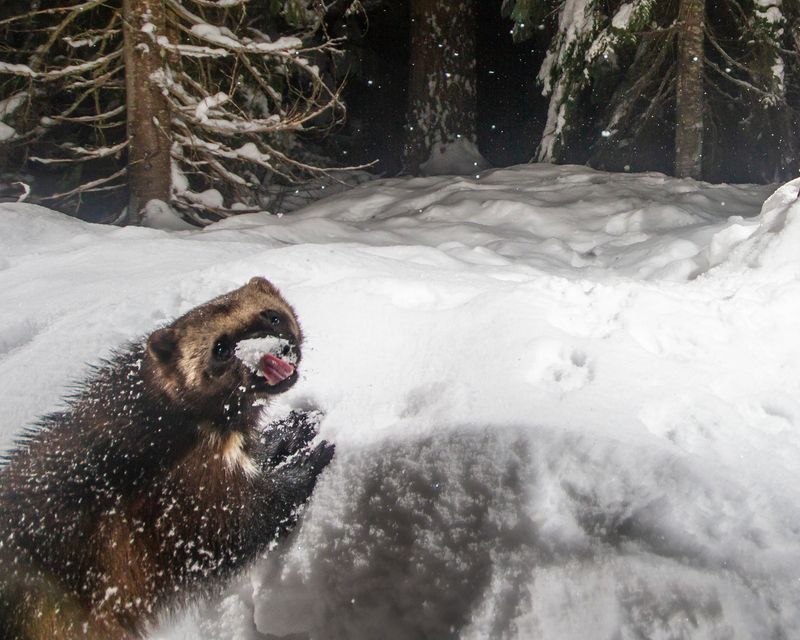
In Washington, wolverines inhabit the rugged Cascade Range, a territory spanning from North Cascades National Park to Mount Adams. Renowned for their elusive nature, these creatures navigate the dense forests and alpine landscapes with agility. The state’s northeastern forests provide additional refuge. Often seen as the ghosts of the wilderness, their presence signifies a healthy ecosystem. Fun fact: Wolverines are known to travel vast distances in search of food, often covering up to 15 miles in a single day.
Idaho

Idaho’s Frank Church–River of No Return Wilderness offers a sanctuary for wolverines, a symbol of the state’s vast and untamed beauty. These creatures rely on the wildlife corridors linking northern Idaho to Canada for their movements. With their powerful limbs and keen senses, wolverines thrive in this rugged terrain. Their presence indicates a diverse and robust ecosystem. Did you know? Wolverines are known for their incredible strength, capable of felling prey much larger than themselves when necessary.
Montana
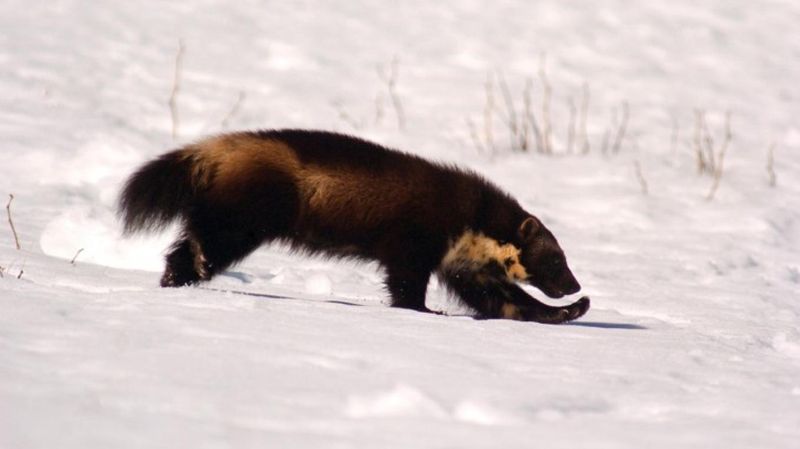
Montana, home to the stunning Glacier National Park, offers a critical habitat for wolverines. These resilient creatures navigate the park’s rugged landscapes and the surrounding mountainous zones. Their presence here underscores the importance of preserving these wild areas. Wolverines are known for their adaptability, surviving in diverse conditions from icy peaks to dense forests. Fun fact: These cunning animals have a reputation for being fiercely independent, often exploring vast areas alone.
Wyoming
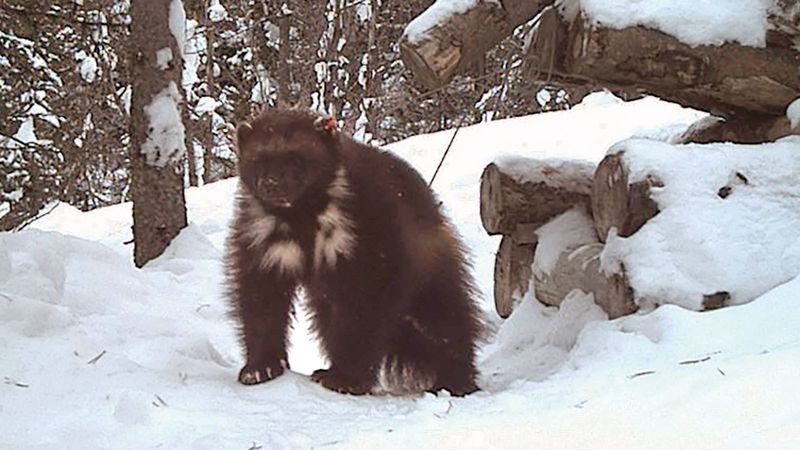
Yellowstone National Park in Wyoming, along with the Grand Teton range, hosts a small yet vital population of wolverines. With only about 15 individuals in the region, each sighting feels like a rare treasure. These solitary animals navigate the rugged landscapes with ease, showcasing their remarkable adaptability. The park’s diverse ecosystems provide crucial habitats for their survival. Fun fact: Wolverines have been observed scavenging on carcasses left by larger predators, making them key players in the ecosystem’s balance.
Oregon
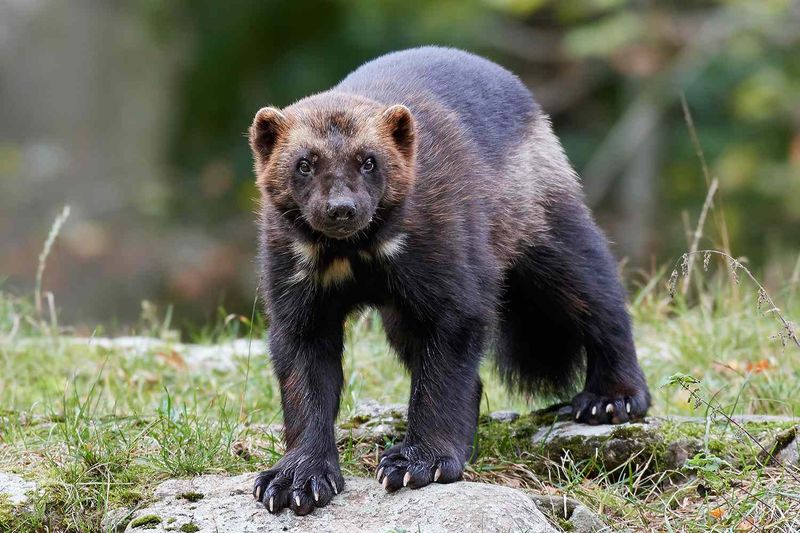
Though rare, wolverines in Oregon primarily inhabit the Wallowa and Blue Mountains. Their elusive nature makes sightings a treasured event for wildlife enthusiasts. The dense forests and rugged terrains offer refuge and hunting grounds. Wolverines here are well adapted to the varied landscapes, from alpine meadows to forested valleys. Did you know? The wolverine’s scientific name, Gulo gulo, reflects its voracious appetite. Despite their size, they are formidable hunters and scavengers.
California
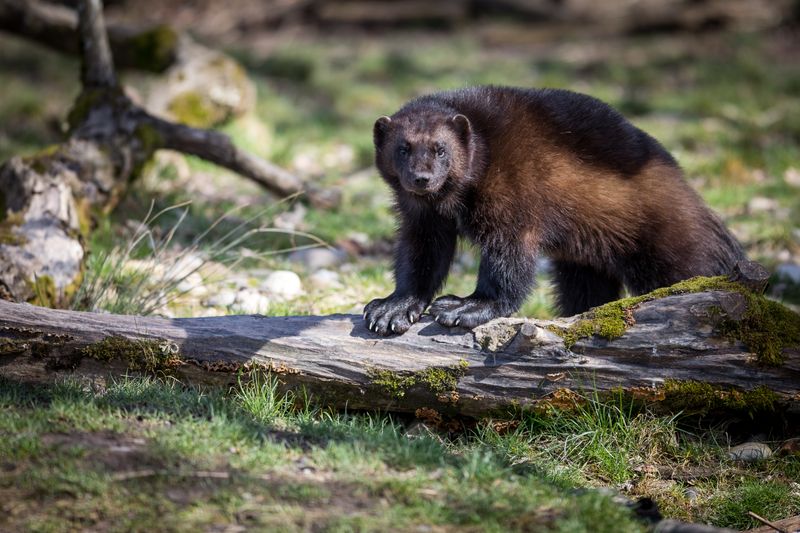
In California, the Sierra Nevada is the exclusive domain for wolverines, though they haven’t maintained a breeding population since the 1990s. The mountainous terrain offers an ideal, albeit challenging, environment for these elusive creatures. Wolverines here are symbols of wilderness resilience. Their presence is a reminder of the state’s untamed landscapes. Fun fact: Wolverines are known for their immense strength and determination, often climbing steep, rocky terrains with ease.
Utah
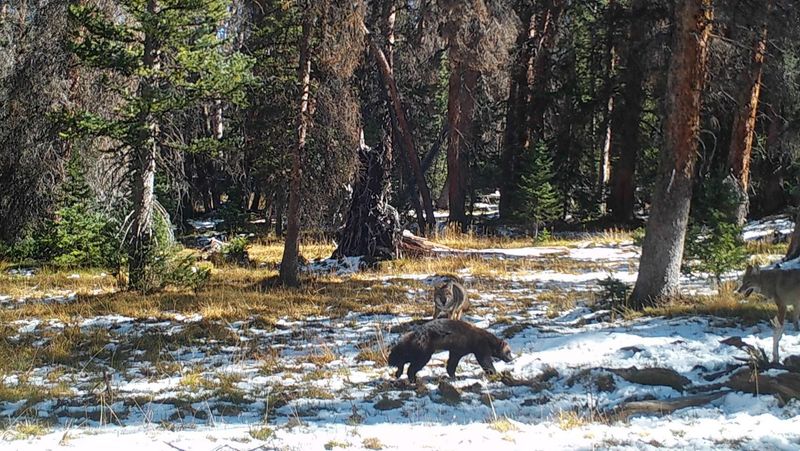
Utah has witnessed only a handful of wolverine sightings since 1979, mostly within the Uinta Mountains. These rare encounters underscore the animal’s elusive nature and the state’s diverse habitats. Wolverines here embody mystery, often leaving no trace of their passage. The Uinta Mountains provide an isolated refuge, preserving their wild spirit. Did you know? Wolverines have a unique ability to climb trees, a skill that aids them in evading larger predators and finding food.
Colorado

While Colorado lacks a current breeding population of wolverines, there are plans underway to reintroduce these elusive creatures to the Rockies. The state’s diverse landscapes offer the perfect backdrop for their return, from snowy peaks to dense forests. Wolverines symbolize a commitment to ecological restoration and wildlife conservation. Fun fact: Wolverines have long been admired for their tenacity and endurance, traits that serve them well in the harshest environments.
Nevada
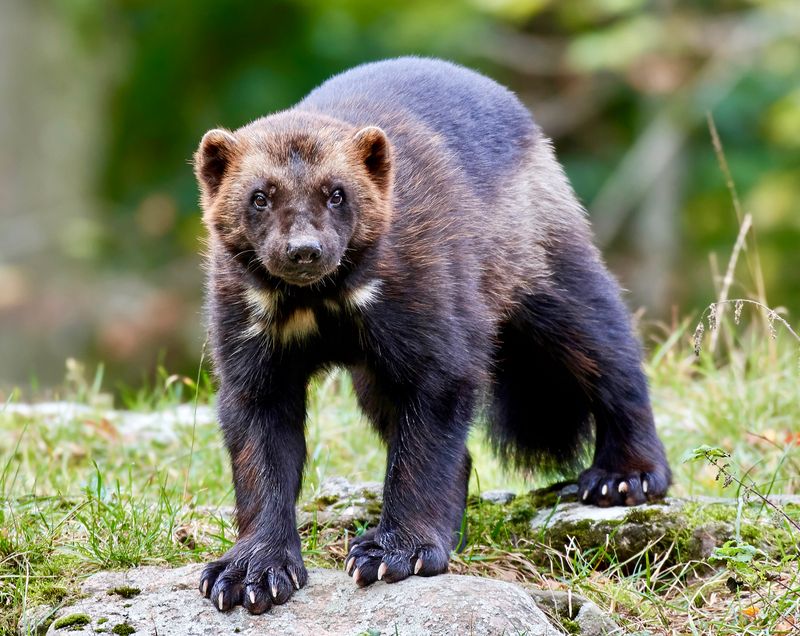
Once part of Nevada’s wildlife, wolverines are now a rare sight, possibly even disappeared. The state’s historical range, however, keeps hope alive for future rediscoveries. Wolverines here symbolize the mysteries of nature, often hidden from human view. The diverse landscapes of Nevada provide a backdrop for these enigmatic creatures’ past presence. Fun fact: Wolverines are known to travel great distances, a trait that might one day bring them back to their historical ranges.

